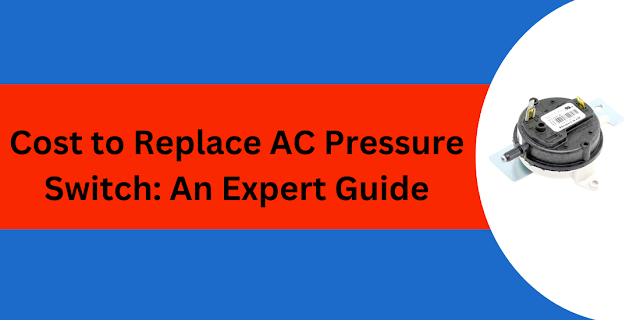How To Identify A faulty Lennox Inducer Motor In Your Furnace
As winter approaches, the last thing you want is for your furnace to fail when you need it most. The Lennox inducer motor is a crucial component that ensures proper airflow and combustion within your furnace. If it starts to malfunction, it can lead to inefficiency, discomfort, or even a complete system shutdown. Recognizing the signs of a faulty inducer motor early is essential for preventing further damage and avoiding costly repairs. In this article, we’ll walk you through how to identify a malfunctioning Lennox inducer motor and provide helpful tips for addressing the issue.
Signs of a Faulty Inducer Motor in Your Lennox Furnace
Here are the signs of a faulty Lennox inducer motor in your furnace:
1. Furnace Fails to Ignite
If your furnace won't ignite, one of the most noticeable signs of a faulty inducer motor. It is the inducer motor that provides the necessary airflow that will get the ignition sequence going in your furnace. If your motor fails, your furnace may not even start at all or will have a hard time igniting properly.
If your furnace isn’t producing heat or not turning on at all, the inducer motor may be the culprit.
2. Unusual Noises Coming from the Furnace
Another indication that the inducer motor may be malfunctioning is unusual sounds such as grinding, squealing, or rattling. These noises can be due to worn-out bearings, a clogged motor, or anything else that keeps the motor from spinning smoothly. If you can hear these sounds, it’s important to take care of the problem right away because if you continue to use a damaged inducer motor, you may cause more damage to your furnace.
3. Short Cycling or Frequent Shutdowns
Short cycling occurs when your furnace cycles on and off frequently, without completing a complete heating cycle. If the furnace’s inducer motor is faulty, it may not be able to keep up with the needed airflow, causing the furnace to shut down prematurely due to the safety mechanisms kicking in. Your furnace may be turning on and off repeatedly due to a faulty inducer motor. This will lead to inefficient heating as well as unnecessary wear on other parts.
4. Weak or Insufficient Heat
A weak or insufficient heat produced by your furnace is another sign of a faulty inducer motor. If the motor isn’t properly ventilating air through the system, the heat exchanger won’t reach the desired temperature, and the furnace won’t be able to heat your home as well as it should. As a result, in some cases, rooms may remain cold or unevenly heated.
5. Error Codes or Blinking Lights
Diagnostic features are built into Lennox furnaces to help identify possible problems. If your inducer motor is not working, the furnace will show error codes or blinking lights indicating the problem. These codes are usually found on Lennox's website or in the furnace's user handbook. If the error codes indicate that the inducer motor is the cause, it's time for a professional inspection.
6. Overheating or System Lockout
If your inducer motor is not working properly, the furnace may overheat. If the motor cannot regulate airflow, the system may run at greater temperatures than normal. This can lead to the furnace entering a system lockout mode to avoid further damage or safety risks. A rise in internal temperatures usually accompanies overheating issues, which will result in a system shutdown.
7. Delayed or Slow Start
Another symptom of a faulty inducer motor is a delay in the furnace starting up. If the furnace is taking longer than normal to turn on or if it doesn’t start up correctly every time, the motor may be having trouble keeping the airflow right. A properly functioning inducer motor should have smooth and timely startup sequences.
A faulty inducer motor in your Lennox furnace can lead to inefficiency and potential damage. If you notice any signs of malfunction, it’s important to address the issue quickly. Regular inspection and prompt repair or replacement by a professional HVAC technician will help maintain your furnace’s performance and prevent costly repairs. Throughout the winter, early detection ensures that your house remains warm and that your furnace runs effectively.




Comments
Post a Comment